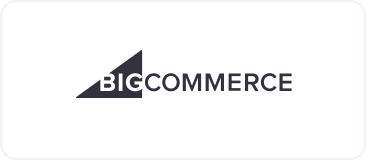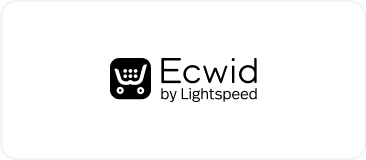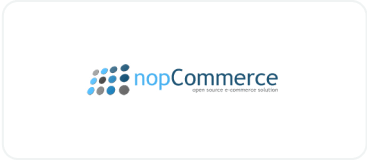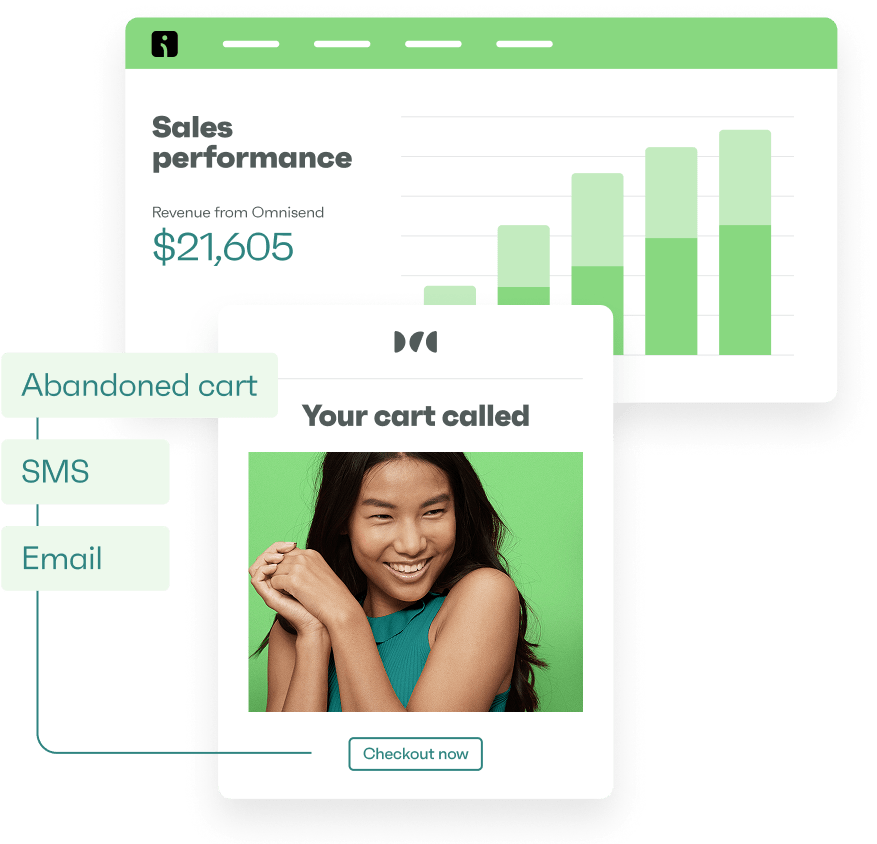Drive sales on autopilot with ecommerce-focused features
See FeaturesYou can learn a lot from successful businesses about effective marketing by studying their target audience examples and strategies.
For instance, Netflix recommends shows to users based on their viewing habits. Nike builds campaigns that resonate with athletes who value performance and excellence. Both brands are growing in immense popularity because they understand what their audiences care about and provide it.
Too often, businesses fail to prioritize this and end up sending vague, generic messages. The result is that such campaigns fail to connect with the right people. That’s why knowing your target audience is important.
In this guide, we’ll explore the meaning of a target audience in plain terms. You’ll see the main categories that most brands use, as well as get real-world examples of target audience categories from well-known companies.
Quick sign up | No credit card required
What is a target audience?
A target audience is a specific group of people that a business aims to reach with its products or services, who are likely interested in buying from or connecting with the brand.
Unlike a target market segmentation, which is broader, a target audience narrows down the focus to a particular segment within that market. For instance, while a target market might be parents, a target audience analysis example could be mothers aged 30–35 who have toddlers.
Defining a target audience example usually involves looking at key factors such as:
- Demographics: Age, gender, income, education level, or occupation
- Interests: Hobbies, preferences, or lifestyle choices
- Behaviors: Purchasing habits, online activity, or brand loyalty
- Needs: Specific problems or desires your product or service helps solve
For example, a fitness app may identify young professionals (demographics) who are interested in quick home workouts (interests), prefer mobile-first tools (behaviors), and want to stay healthy despite busy schedules (needs).
Why defining a target audience matters
It’s not enough to identify a target audience. Businesses must also understand the value of doing so. Marketing without a clear target audience is like speaking to a room without knowing who is listening. The message becomes too vague and less effective.
Here are some key benefits of defining your target audience:
- Improves relevance of marketing campaigns: Messages are tailored to specific needs, making them more convincing
- Helps allocate budget effectively: You spend on the channels and strategies that reach the right people
- Increases engagement and conversions: When customers feel understood, they are more likely to respond and take action
Leading brands prove the value of knowing their audience. For example, Airbnb appeals to travelers seeking unique, local experiences rather than traditional accommodations.
Take also Coca-Cola — it tailors its campaigns to resonate with different cultures and regions while maintaining a consistent global brand identity. Knowing your audience saves time and energy by making every action more effective.
Types of target audiences (with examples)
Companies often group their target audience examples into distinct segments or categories to make marketing more precise. While some segments may share characteristics, organizing them this way helps clarify exactly who the business wants to engage.
Below are common categories of audience segmentation, along with examples to illustrate each one.
Demographic audiences
Demographic target audience examples are based on measurable traits such as age, gender, income, and education. These are often the easiest to define and are part of many target market demographics examples.
When identifying target audience examples, demographic segmentation helps you understand basic traits that affect buying power and preferences.
For example, the luxury watch brand Rolex targets high-income individuals who value prestige and luxury. See how its ad subtly showcases a man’s hand and hints at someone who’s in a high position with power. This is honed in with the text “The president’s watch.”
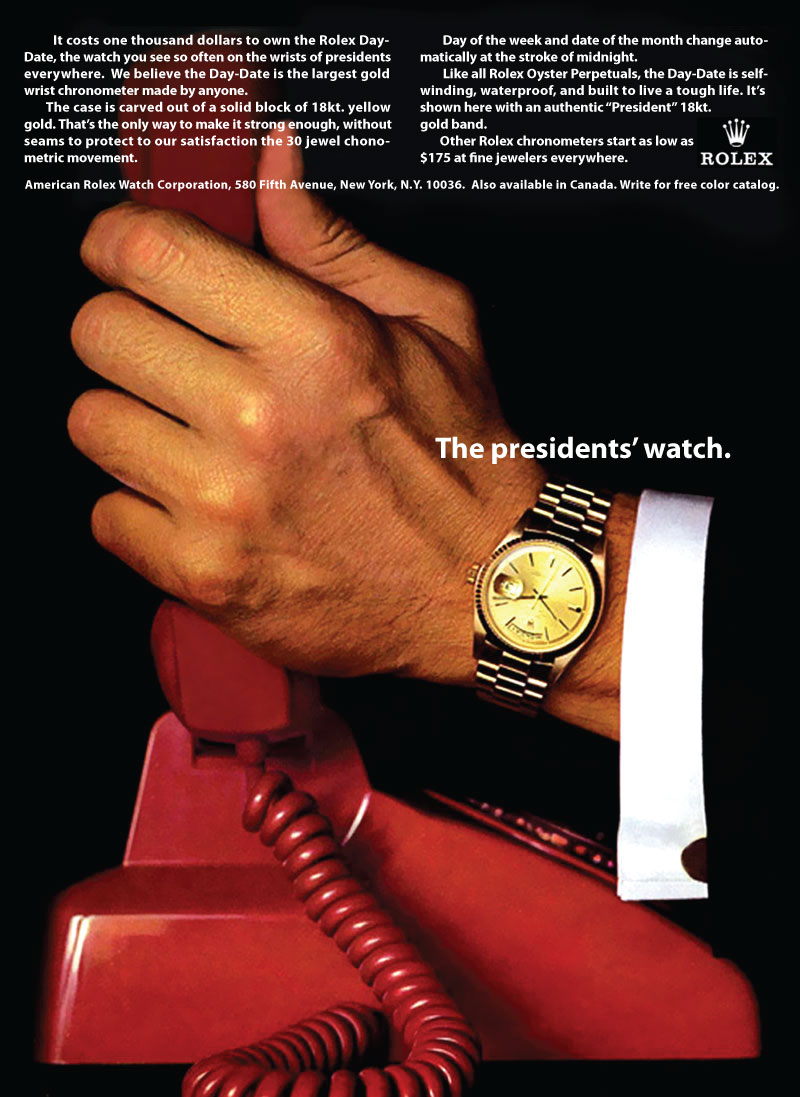
Geographic audiences
Geographic target audience examples focus on the geographical locations where people reside, like cities, regions, or countries. This is one of the primary types of customer segmentation in retail, suitable for businesses with limited delivery zones or local services.
For example, Domino’s Pizza targets geographic audiences by tailoring its menus and promotions to specific cities and regions.
Behavioral audiences
These target audience examples are defined by the actions people take. Instead of focusing on age, income, or location, behavioral segmentation looks at patterns like purchase history, browsing habits, or engagement with content.
These behaviors give clear clues about what stage of the buying journey someone is in and what motivates them to act. An example of this is Amazon, which uses behavioral segmentation by recommending products based on a customer’s browsing history and past purchases.
Interest-based audiences
Interest-based audiences are grouped by hobbies, passions, or topics people care about. Building messaging around these target audience examples allows for storytelling and ecommerce personalization that feels authentic. When done well, businesses can create loyal communities that view the brand as part of their passion.
For example, Peloton targets interest-based audiences by focusing on fitness enthusiasts who are passionate about health, cycling, and community-driven workouts.
Lifestyle audiences
This target audience category is shaped by values, goals, and daily choices. They often reflect what people value and the ethics that drive their shopping instincts. An example is Patagonia, whose audience is built around lifestyle values such as outdoor adventure and environmental sustainability.
Marketing to these target audience examples requires authenticity and consistency across all channels. Businesses that align with lifestyle values often build long-term relationships and cultivate brand advocacy.
Generational audiences
Generational audiences are groups of people defined by the era in which they were born. Each generation, such as Gen Z, Millennials, Gen X, or Baby Boomers, tends to share similar values, habits, and communication preferences.
Identifying target customers by generation enables businesses to design campaigns that align with their technology habits and communication styles. For instance, TikTok has built its brand by targeting Gen Z with quick, engaging short-form videos.
Business/industry-specific audiences (B2B)
These target audience examples are groups of professionals or organizations defined by what they do, rather than personal lifestyle choices. They are common in B2B (business-to-business) marketing, where companies target decision-makers, buyers, or entire industries.
LinkedIn is a strong example of B2B audience targeting. The platform knows its primary users are professionals seeking to connect, recruit, or market their services. As such, it tailors its messaging to focus on recruitment, employee engagement, and professional development.
Affinity/niche audiences
Affinity or niche audiences are smaller groups defined by very specific passions, shared identity, or interests. They might include pet lovers, eco-conscious buyers, fitness enthusiasts, or individuals who follow specific lifestyles, such as veganism.
Niche targeting enables brands to create deeper connections and nurture loyalty. Since the messaging speaks to their personal values, they are more likely to recommend the brand and become advocates.
A vegan skincare brand, such as Pacifica Beauty, provides a clear example for this category. Instead of targeting everyone who buys skincare, the brand narrows its product offerings and promotions to vegan consumers:
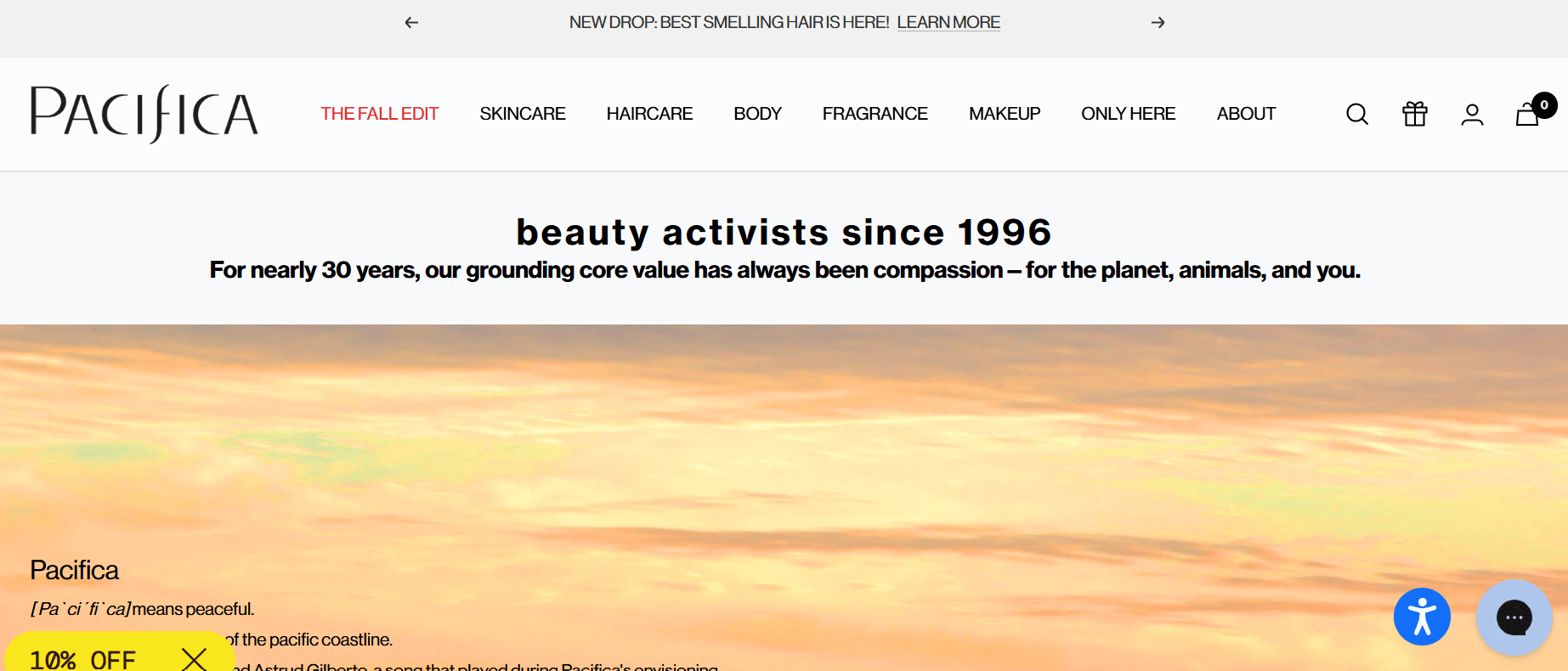
Occasion-based audiences
These are target audience examples defined by timing, events, or life milestones. Occasion-based targeting enables businesses to be present at the exact moment customers are ready to make a purchase.
Amazon provides a strong illustration with its Christmas sales promotions. Each year, it launches seasonal deals on products that appeal to holiday shoppers looking for discounts:
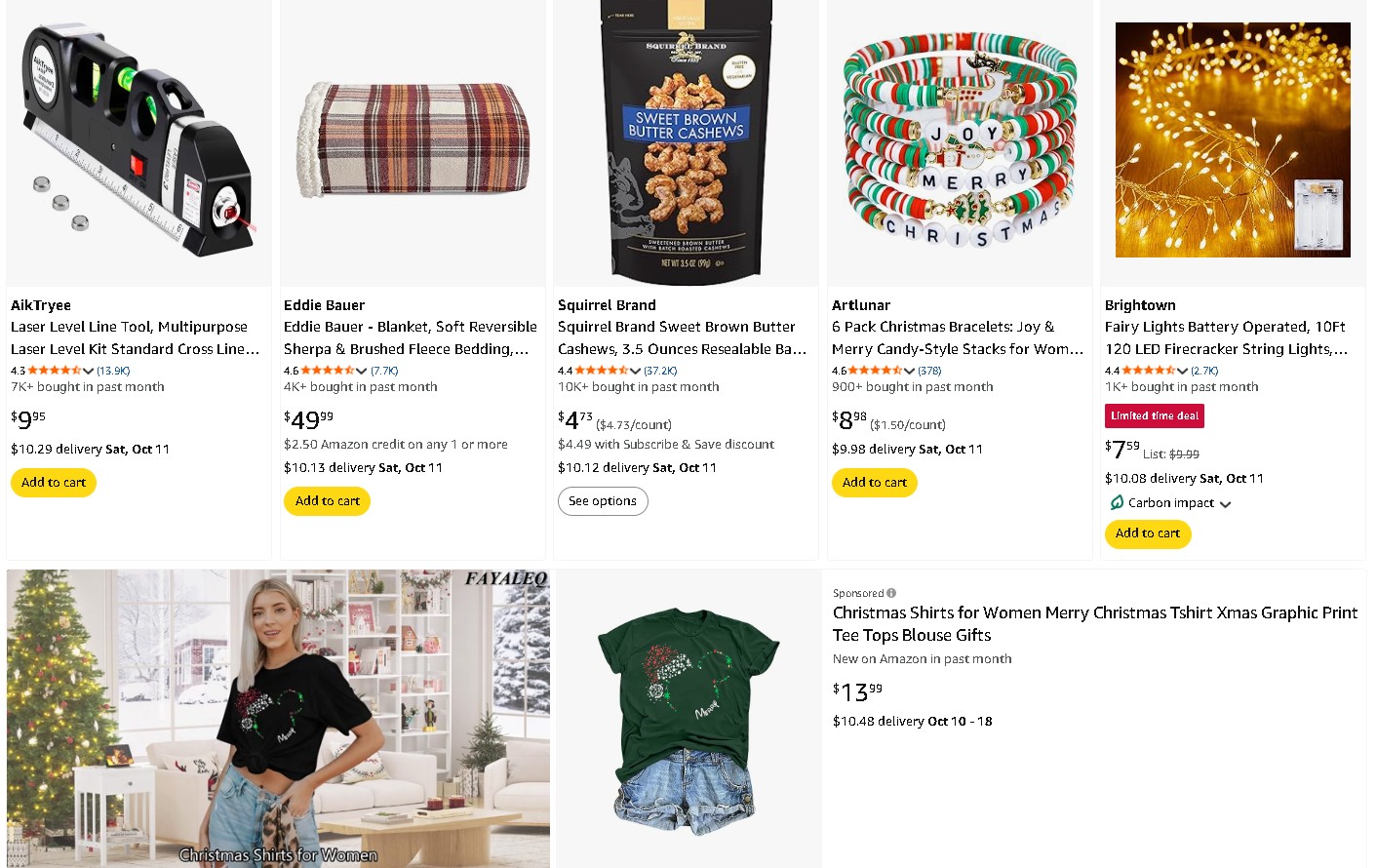
Real-life target audience examples
Understanding categories of target audiences is useful, but nothing explains their power better than seeing how real brands apply them. Each example below shows how brands use smart targeting to build connections with their customers:
Nike
Nike is one of the world’s most popular sportswear brands, known for its shoes, apparel, and gear. Its primary target audience is athletes and fitness enthusiasts.
The brand’s marketing consistently uses motivational messaging in its campaigns. Since the brand ties its products to empowerment, determination, and progress, it’s able to build an emotional connection with its audience.
A strong example is Nike’s “Why Do It” campaign, which reframes greatness as a choice and challenges audiences to reflect on motivations to show up at any moment:
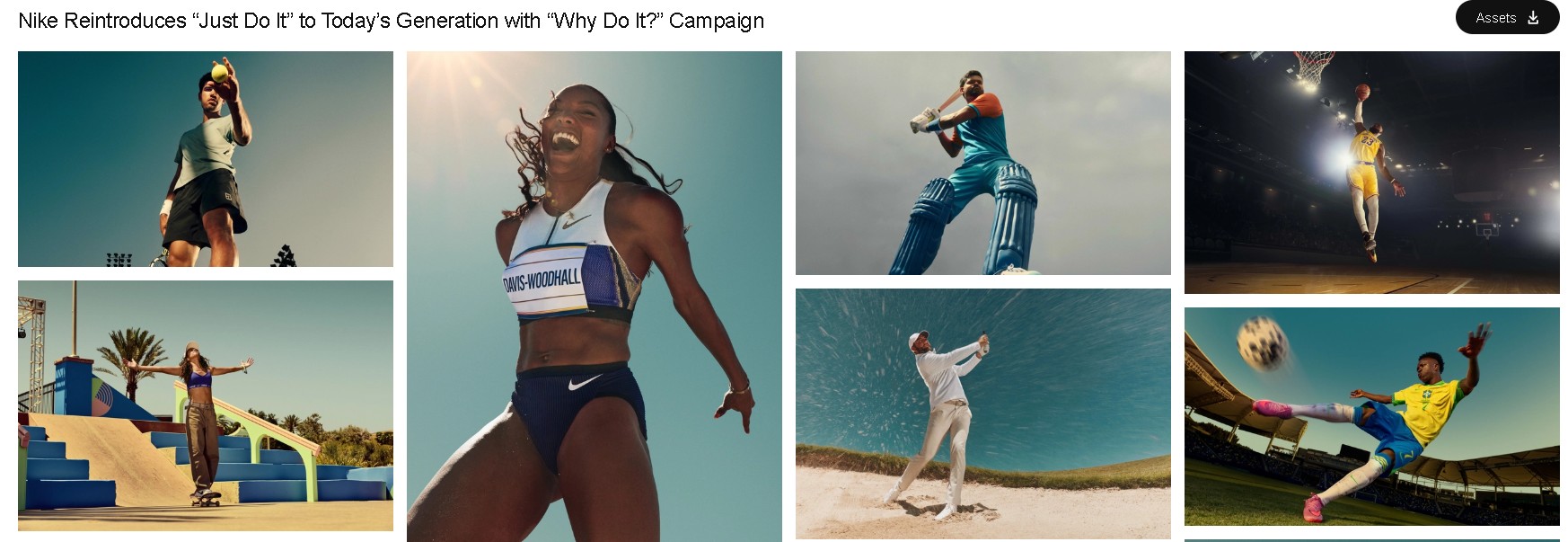
Apple
Apple is a global technology brand best known for its iPhones, MacBooks, iPads, AirPods, watches, and sleek product designs.
The brand’s target audience examples include creative professionals, entrepreneurs, students, and tech lovers. This strategy works because Apple understands its audience values both function and identity.
Owning an Apple device often feels like joining a community of innovators. By appealing to this mindset, Apple turns customers into loyal advocates who see the brand as part of who they are:
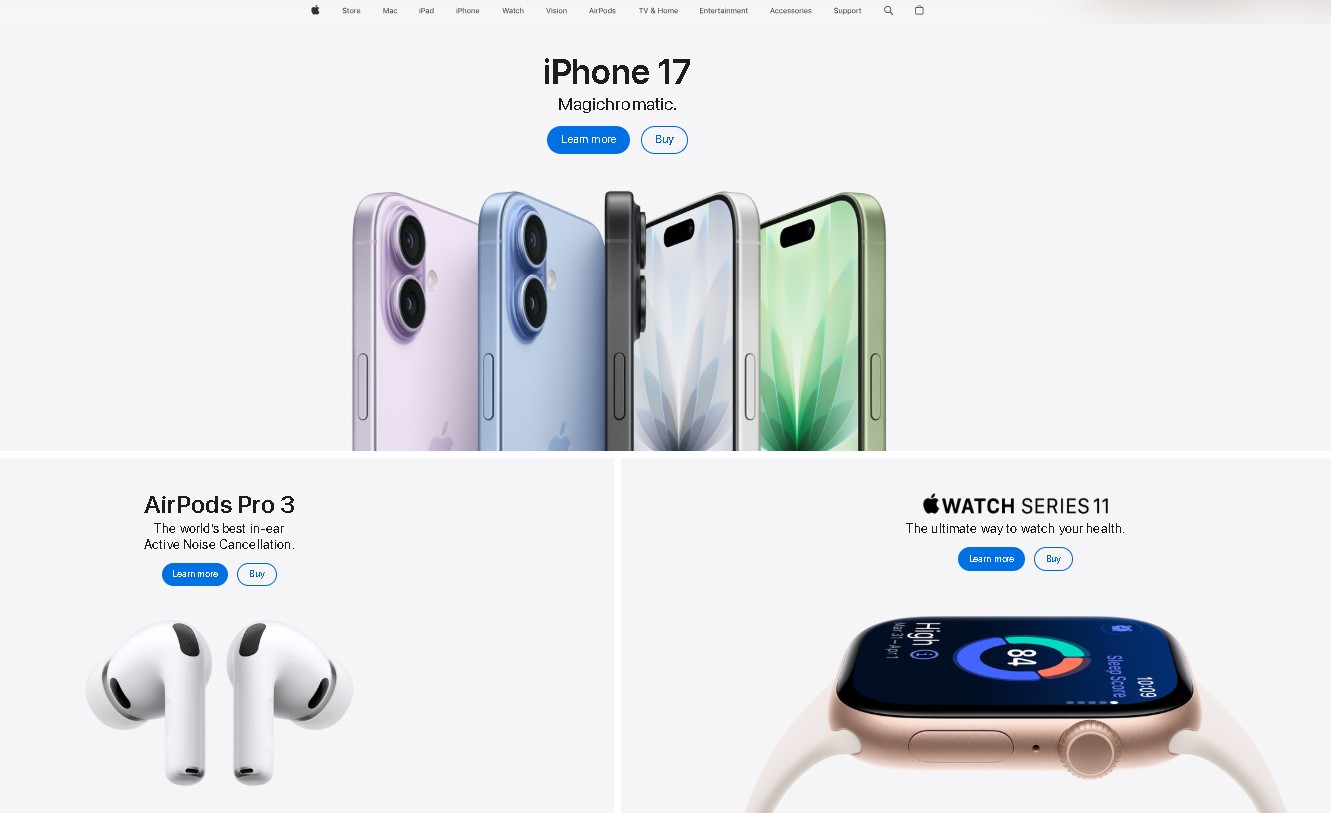
Netflix
Netflix is a global streaming platform that showcases movies, TV shows, and original content to millions of users. It disrupted traditional television by allowing on-demand viewing across multiple devices.
Netflix’s audience is wide but extensively segmented. The platform does not target one group — instead, it targets individuals based on their viewing habits, location, and preferences. It even curates top 10 or trending lists of movies and TV shows by region, ensuring users see what’s most popular in their own country:
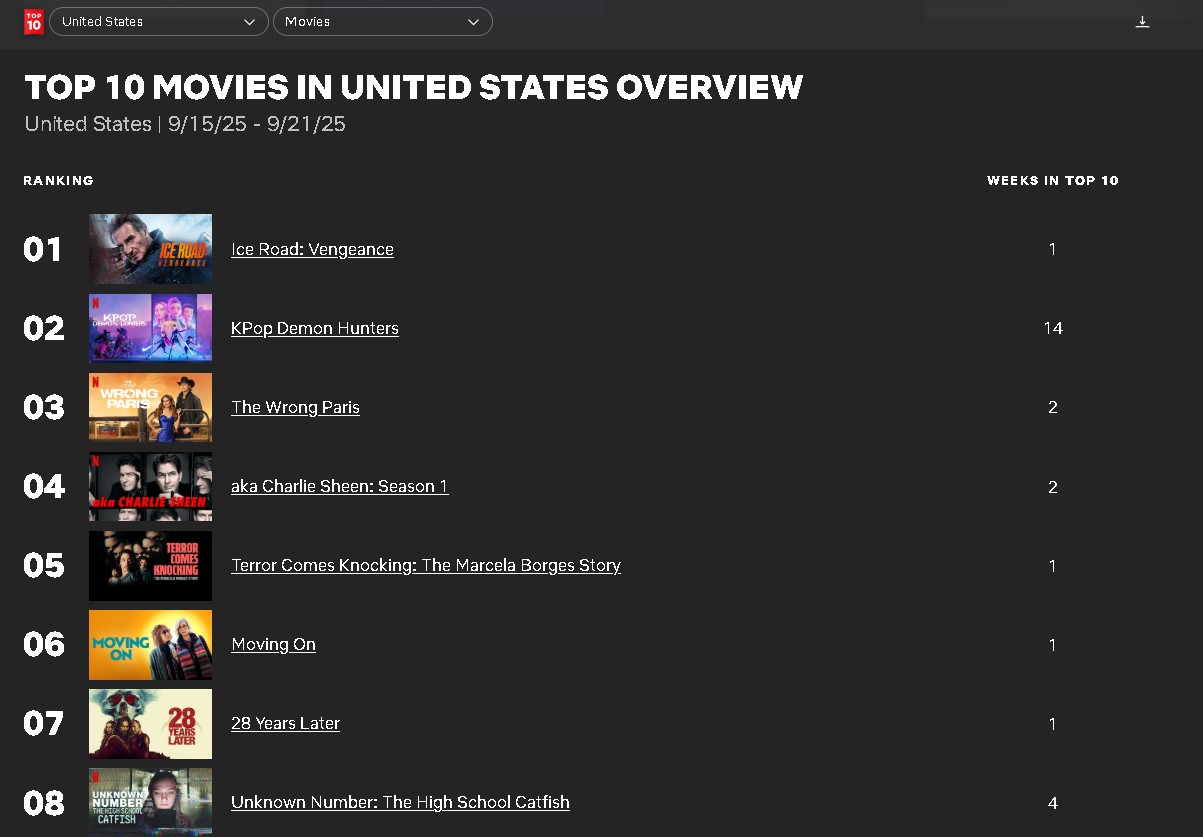
Starbucks
Starbucks is one of the world’s largest coffeehouse chains, renowned for its extensive range of coffee options. The company’s main target audience is urban millennials and young professionals.
These customers are often tech-savvy, busy, and value quick service alongside high-quality products. They also seek places that feel social and modern, which Starbucks cafés provide through free Wi-Fi, cozy interiors, and mobile ordering options.
By creating an atmosphere that blends leisure with productivity, it attracts people who need a flexible third place outside home and work:
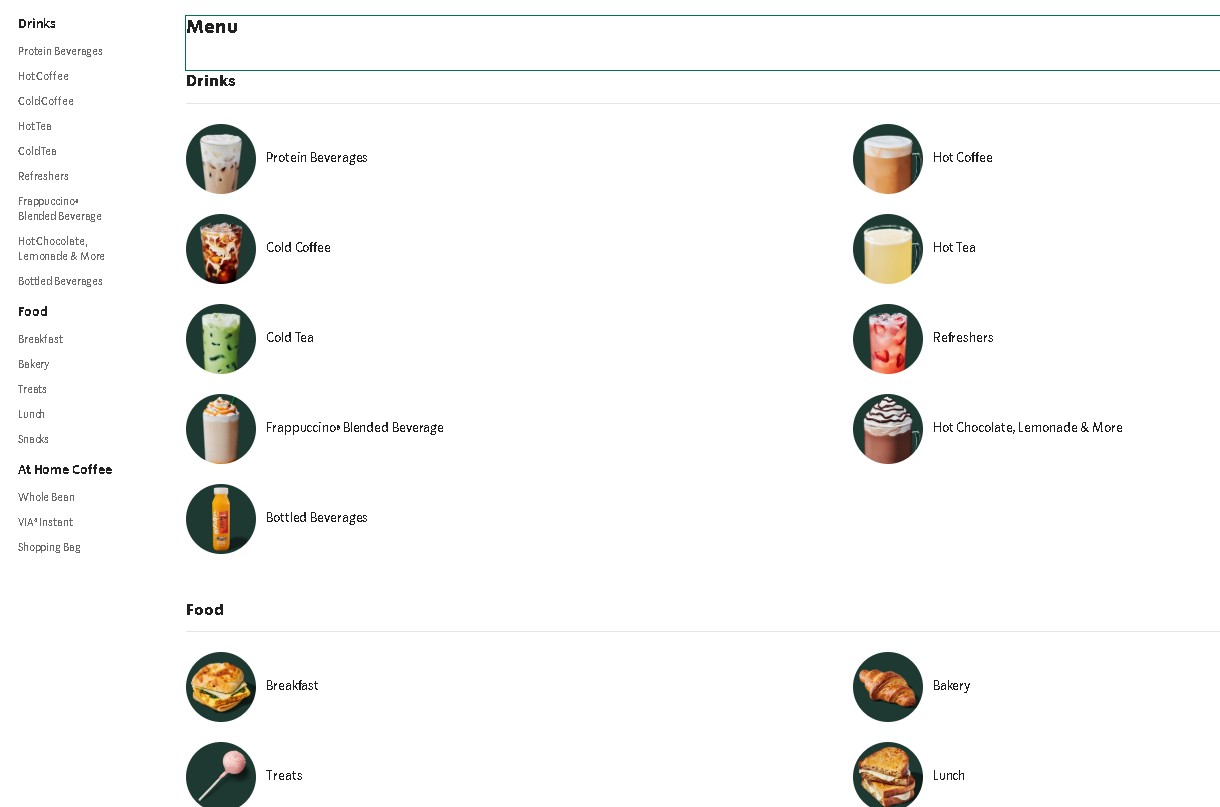
LEGO
LEGO is a global toy brand famous for its colorful interlocking plastic bricks. Since its founding, the brand has grown into an entertainment empire with theme parks, video games, and movies.
LEGO’s target audience examples span both children and adults. For kids, LEGO is marketed as a tool for imaginative play and learning, featuring fun themes such as superheroes, Star Wars, and Disney characters. For adults, LEGO offers advanced sets with thousands of pieces.
This audience strategy is effective because it targets various life stages. By segmenting its products, LEGO makes sure it stays relevant to both generations:
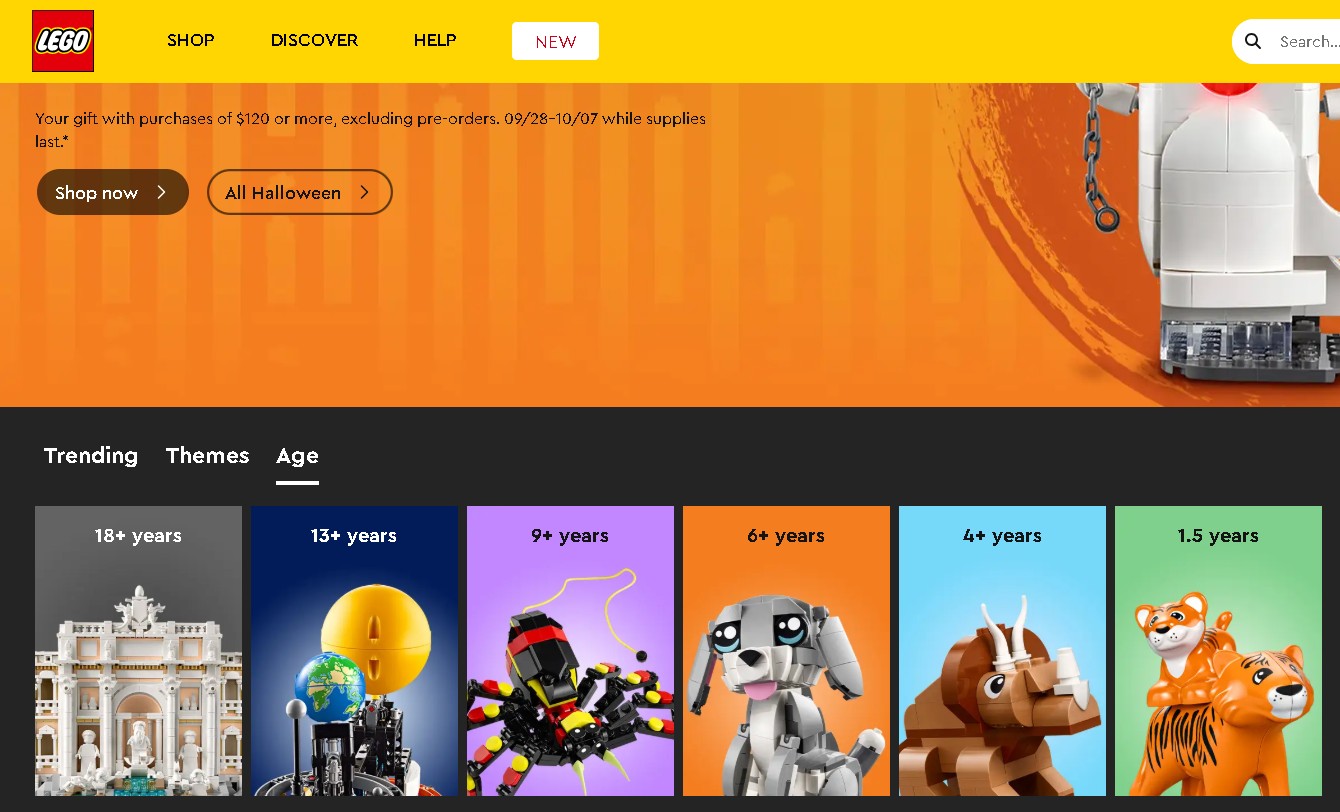
Spotify
As a leading music streaming service, Spotify offers access to millions of songs, podcasts, and playlists. The platform thrives on personalization, which makes it a favorite among digital natives.
Spotify’s target audience is wide but segmented by listening habits and interests. Instead of lumping all music lovers together, Spotify tailors experiences to individuals.
The brand’s personalization is clear in features like Discover Weekly and Release Radar:
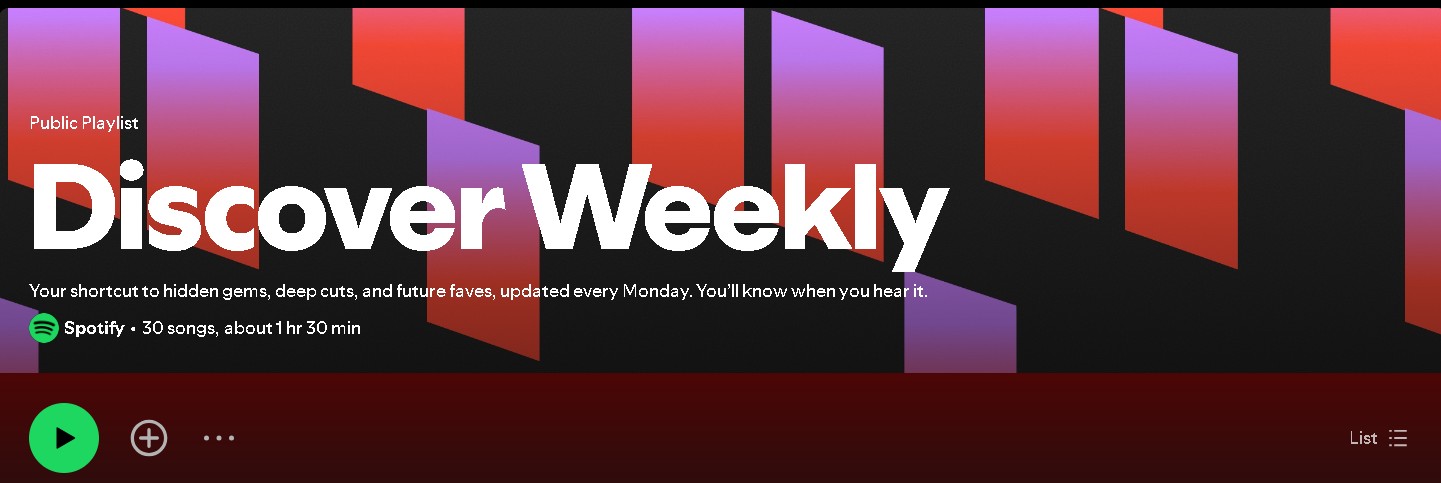
Reaching your target audience with personalized emails
Email remains one of the most powerful tools for businesses, but the traditional approach of sending a single generic message to everyone is no longer effective.
People are often overloaded with content, and they quickly ignore anything that doesn’t feel relevant to them. Connecting with your audience is important because relevance drives attention, engagement, and action.
That’s why identifying your target audience is the foundation of effective targeted email marketing. Once you know who your audiences are, you can create personalized messages that speak to their needs.
Segmentation makes campaigns relevant
Segmentation allows you to divide your email list into smaller groups based on different criteria. This way, each group receives messages that cater to their specific needs and pain points.
If you’re new to segmentation, this quick video is a great starting point:
Personalization drives engagement
Personalization builds on segmentation by tailoring email marketing campaigns to individual preferences within the audience groups. This can include actions like addressing someone by name or recommending products based on their past behavior.
Automation increases efficiency
Once you understand your customers’ behaviors, you can set triggers based on their actions that automatically prompt the right message. These workflows could be based on actions like signing up, browsing, or completing a purchase.
All of this may sound complex, but platforms like Omnisend streamline the process.
- Omnisend helps businesses act on their audience insights by offering email segmentation, personalization, and automation tools in one place
- With its dynamic product recommendations, Omnisend allows you to target audiences based on demographics, browsing habits, or past purchases
- Plus, with Omnisend’s multi-channel automation, which includes email, SMS, and push notifications, you can reach people wherever they are
How to identify your own target audience
Identifying a target audience involves collecting real data, spotting patterns, and testing whether your ideas are accurate.
Below are six steps to help you segment and understand your target audience examples.
1. Analyze your existing customers
The best place to start when identifying target audience examples is with the people who already buy from you or interact with your content. Consider factors such as age, gender, location, purchase frequency, and other relevant details.
When you review your existing customer base, you uncover patterns that help you better understand your audience.
2. Research your competitors
It’s also important to look at what others in your industry are doing. Competitor research can help you see what target audience examples they are marketing to. If you find that all competitors focus on the same broad group, check if there’s an untapped niche.
3. Segment your audience into groups
Once you have gathered basic information about your customers, the next step is to segment them into groups. Segmentation involves dividing your audience into groups based on shared traits, such as age, location, lifestyle, or purchasing habits. This helps you design campaigns that speak to specific groups.
4. Build audience profiles (personas)
After segmenting your audience, the next step is to build audience profiles, also known as personas. A persona is a short description of a typical customer within a segment. A target audience profile might include:
- Name and age
- Occupation and lifestyle details
- Interests and values
- Buying motivations
- Pain points
5. Test your assumptions
Run small, focused campaigns using emails, ads, or social media posts aimed at your different segments. Then measure clicks, signups, or purchases to see which target audience examples respond better.
6. Refine and update regularly
People’s needs, interests, and habits shift over time. What works this year may not connect next year, so it’s important to review your audience every six to 12 months. Use approaches such as customer surveys, updated analytics, and new competitor research to maintain accurate audience profiles.
The power of understanding your target audience
Effective marketing begins and ends with clarity about who you’re trying to reach. Businesses that define their target audience are able to design campaigns with purpose and drive results.
The best designs, clever copy, or big budgets won’t matter if your message doesn’t resonate with the right people.
The key takeaway is that your target audience is the foundation of your marketing. With clear audience insights, you can segment, personalize, and automate your marketing campaigns effectively.
Quick sign up | No credit card required
TABLE OF CONTENTS
TABLE OF CONTENTS


No fluff, no spam, no corporate filler. Just a friendly letter, twice a month.
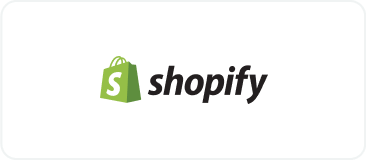
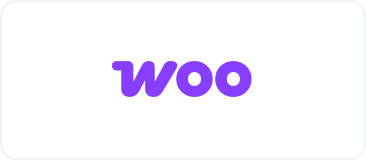 OFFER
OFFER


